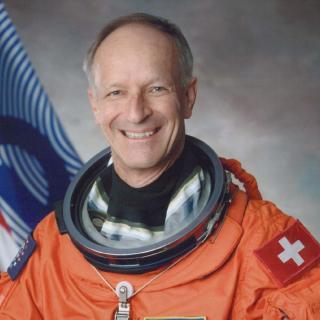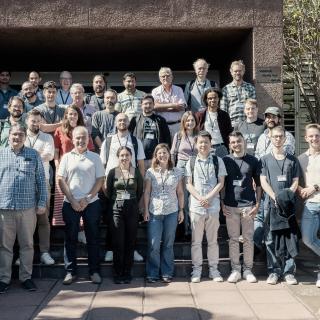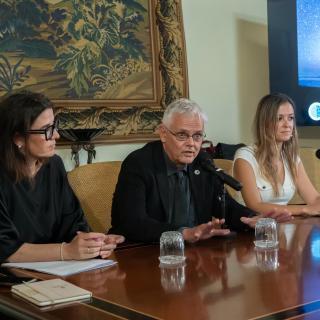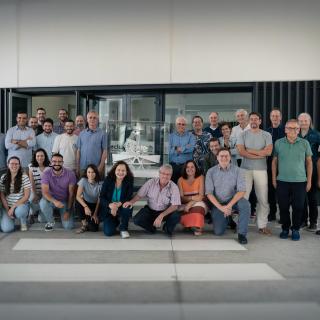
The headquarters of the Instituto de Astrofísica de Canarias (IAC) will host a talk by the first Swiss astronaut, Claude Nicollier, who wants to share his experience in space with the IAC staff on Wednesday 30 October at 14:30. Claude Nicollier is the first Swiss astronaut to have flown into space. After his studies at the Universities of Geneva and Lausanne, Claude joined ESA as a member of their first group of astronauts. Since 2007 Claude has been a Professor at the F ederal Polytechnical School at Lausanne. He has spent more than 1000 hours in space (more than 42 days) including a space
Advertised on




